|
I wanted to add something related to my last post. Since I wrote those posts on TestStand I have been through a lot of pain with TestStand and have gained a lot of new experience. The source of the pain has been trying to deploy some TestStand systems into our manufacturing environment. I ran into a problem with the specific technique of providing an alias to an instrument and using it in a deployed system. The situation was I was building TestStand systems in the office and testing the installation on my computers there. I then had to deploy these systems in our manufacturing plant onto computers that were new and newly baselined. As you may know, it can be difficult to test a deployment on a system that has previously had software installed on it. If you uninstall things get left behind and it’s not always possible to easily create a restore point. I’m sure there are solutions to this problem, but I have not dealt with that yet. My test sequence required me to assign an alias to a Keysight instrument in NI-MAX, but MAX was not recognizing the instrument after the deployment. I had installed the Keysight connection expert software and VISA drivers, but I suspect some NI instrument driver didn’t get included in my installation. The main problem is if MAX does not recognize the instrument, there is no way I can assign an alias to it. That means my deployment doesn’t work and I have to install TestStand to modify the sequence file, or I have to rebuild the deployment with the new changes. Well, I didn’t like doing this and found a simple way to avoid having to assign an alias to every instrument I assign. LabVIEW includes a VI called “Find VISA Resource.” See Figure. The Keysight instrument. I wrote a little wrapper VI around this VI to search for the correct instrument, but search in a generic way related to the specific instrument instance (the serial number). If I open up the Keysight (Agilent) Connection Expert software I can see the format of the VISA address and this matches the format string I’m inputting to the Find VISA Resource VI. The string is basically this format for all USB instruments, but the key here is that this instrument’s serial number always starts with “MY” including that plus the search question mark plus wild card should keep this code from finding the wrong instrument. Plus, I don’t expect any other Aglient instruments to be connected to this system. I feel this is a good fix for having to provide an alias in NI MAX. However, I have noticed that this will not work with NI hardware like a DAQmx usb instrument. It shows up like this. From what I read here DAQmx does not use at resource string scheme like other instruments. This page and example shows to use this NI-ModInst tool. I have not used it for real, but just looking at it quickly it appears to only find PXI instrument. It is not seeing my USB DAQmx instrument. Digging a little more a DAQmx device name can be found with the DAQmx System Property Node. See here. Here is how to get to it and you can see it returns the device name alias. What you can do with this is make this VI contain a control with the name and send this into TestStand as a variable. All set.
0 Comments
|
Archives
December 2022
Categories
All
|
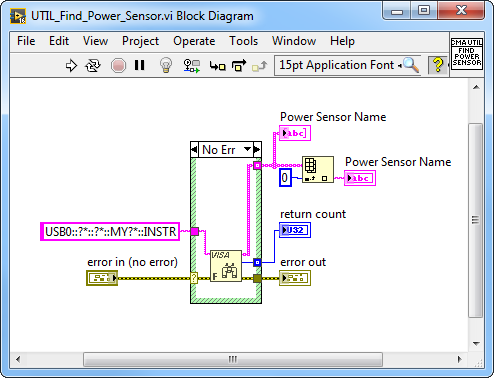
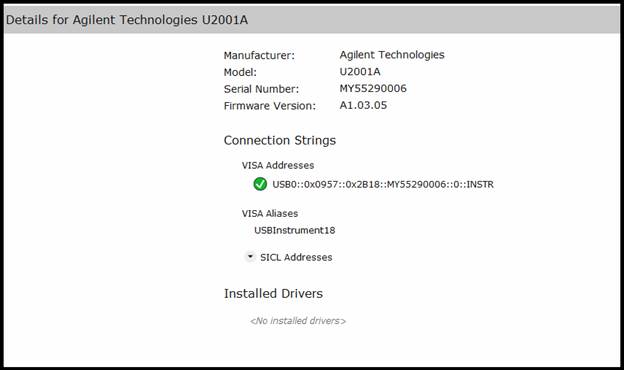
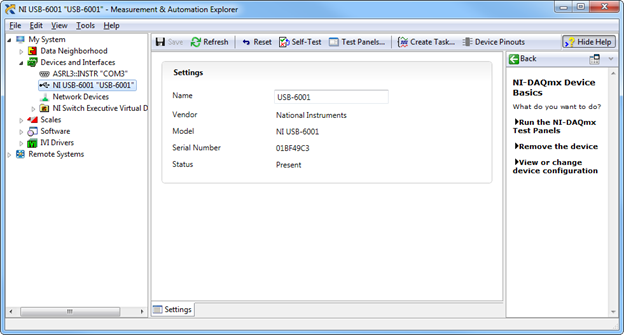
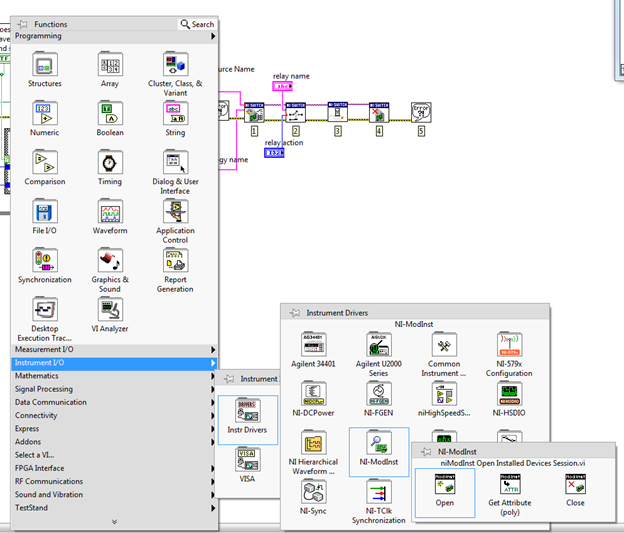
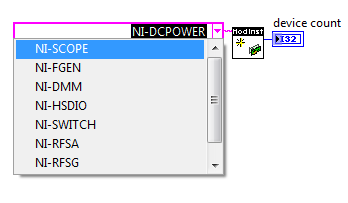
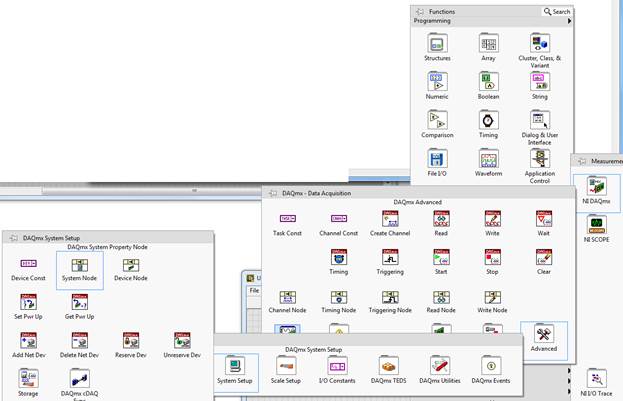
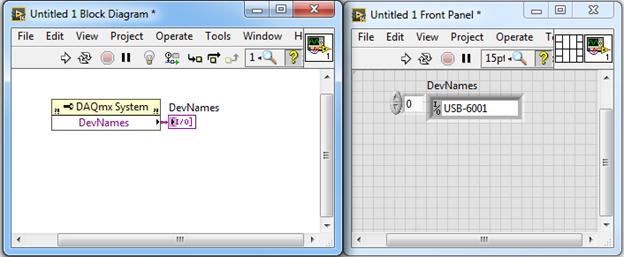
 RSS Feed
RSS Feed
